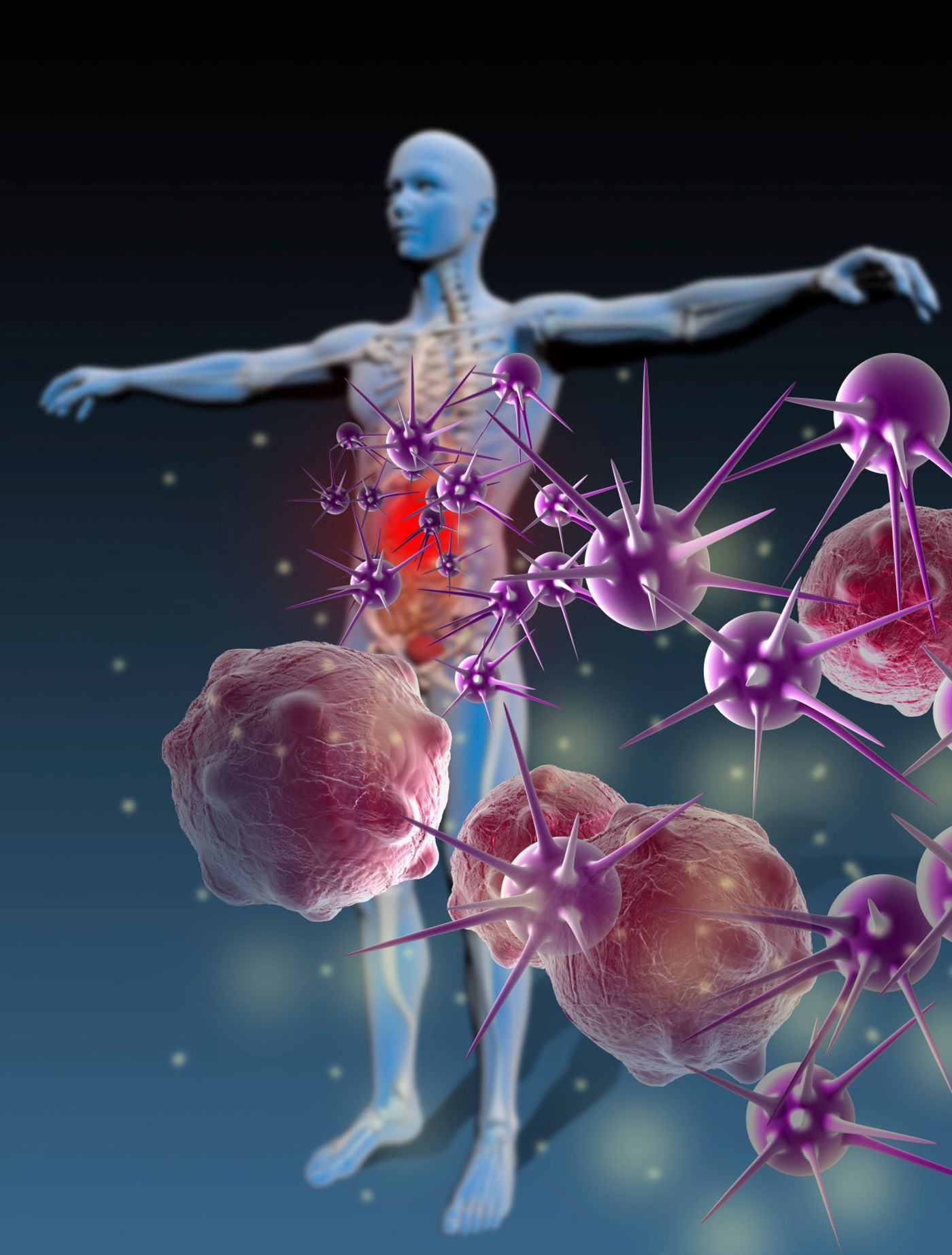An enzyme thought to only be active in human metabolism found to play a dual role in the immune response. Thanks to this multi-faceted enzyme, researchers learned more about the connection between chronic inflammation and certain diseases like obesity, in a new study from Cedars-Sinai Medical Center.
The enzyme of interest from the recent
Cell study is hexokinase, which breaks down glucose to produce glucose-6-phosphate in the very first step of glucose metabolism. The glucose metabolism pathway is key to providing cellular energy for life, and hexokinase is at the center of the pathway. However, it seems that hexokinase is at the center of immunity as well, thanks to its ability to bind sugars.
"All cells have hexokinase. It's required to make energy,” said principal investigator David Underhill, PhD. “The dual role of this enzyme in metabolism and innate immunity is surprising."
Similar to the way hexokinase helps cells use glucose as energy, hexokinase also binds to a sugar in a polymer completely unique to bacteria: peptidoglycan. What Scientific American calls the “bacterial wonder wall,” peptidoglycan is present in the cell walls of every known bacteria type, and it’s vital for the structural stability of the bacteria. By binding peptidoglycan, hexokinase uniquely makes the immune system aware of a dangerous bacteria in the body.
Underhill believes that their discovery of hexokinase’s dual role in metabolism and immunity could help explain why chronic inflammation seems to be so closely connected to metabolic diseases like obesity, type 2 diabetes, and cardiovascular disease. To find out more, the Cedars-Sinai researchers artificially disturbed cellular metabolism in isolated mice cells.
The chemical disruption interfered with the function of hexokinase to the point where the enzyme was stimulated to activate the same protein complexes that are activated in response to invading bacteria. Although the researchers are not yet sure about what the exact connection is, they believe that hexokinase’s dual role in metabolism and immunity holds the answers they are looking for.
To this day, Underhill and his team are continuing to pinpoint how exactly hexokinase activates inflammation, with the hope that finding out will lead to more insight into treating chronic inflammation and metabolic disease.
Sources:
Cedars-Sinai Medical Center,
Scientific American,
National Center for Biotechnology Information









